Traveling Nepal 2025: What I Wish I Knew Before My First Trip (Complete Guide)
Traveling Nepal is a journey through contrasts — chaotic cities, tranquil mountains, warm hospitality, and rugged adventure. If you’re visiting Nepal for the first time, this complete guide will help you plan smartly, stay safe, and truly connect with the country beyond the postcard views.
Kathmandu: Sensory Overload
Stepping into Kathmandu feels like diving into a vivid painting — honking motorbikes, swirling incense, and centuries-old temples tucked between coffee shops. Spend your first day exploring Thamel or Boudha, where culture meets comfort.
Tip: Use offline maps and mark your hotel, money exchange, and momo spots before wandering.
Buses & Road Trips: The Real Adventure
Distances on Nepali roads aren’t measured in hours — they’re measured in patience! Expect winding roads, tea stops, and stunning cliffside views. Even short routes can stretch for hours.
- Book with trusted operators or your trekking guide.
- Carry snacks, water, a neck pillow, and motion sickness pills.
- Buffer extra time for transfers before your trek.
Everything You Need Is in Kathmandu
Don’t stress about overplanning. Kathmandu has everything — gear, SIM cards, permits, and meds.
- Connectivity: Buy an eSIM or local SIM. See Nepal SIM Card Guide.
- Gear: Find trekking gear in Thamel or check Trekking Packing List.
- Permits: Learn about trekking permits and TIMS cards.
- Guides: Since 2023, licensed guides are required on most major trails. Learn why.
Nepal Is Always Changing
Landslides, floods, and new roads reshape trails each year. Before you go, check the Trail Status & Seasonal Updates.
Weather & Packing Tips
Nepal’s weather shifts fast — you might trek in sunshine one day and snow the next. Pack light but smart. Check Best Time to Visit Nepal.
Essentials: Base layer, fleece, down jacket, rain shell, gloves, hat, headlamp, power bank, and water filter.
City Life vs Trail Life
Pokhara offers lakeside cafés and live music, while mountain villages bring peaceful nights and humble teahouses. Both are magical in their own way.
Stock up on snacks, toiletries, and cash before leaving the city.
Meeting Locals
Take a cooking class, visit monasteries, and chat with villagers. See Cultural Experiences in Nepal for ideas.
Leave No Trace
Tourism is growing fast, so responsible travel is vital. Avoid single-use plastics, pack out trash, and respect local traditions. Learn more in our Leave No Trace Guide.
Quick Travel Table
| Topic | Advice | Link |
|---|---|---|
| Altitude | Ascend slowly; know AMS symptoms. | Altitude Guide |
| Permits | Carry TIMS & area permits. | Permit Info |
| Money | Cash preferred beyond cities. | Money Tips |
| Water | Boil, filter, or purify water. | Water Safety |
| Insurance | Get high-altitude coverage. | Trekking Insurance |
FAQ: Traveling Nepal
When is the best time to visit Nepal?
Spring (March–May) and Autumn (September–November) are the best for trekking and mountain views.
Do I need a guide for trekking?
Yes, since 2023 most treks require a licensed guide or porter for safety and support.
Is Wi-Fi available on treks?
Some teahouses have paid or slow Wi-Fi. Bring a local SIM and enjoy the digital detox.
Is tap water safe?
No. Always boil, filter, or use purification tablets.
Do I need a visa to travel to Nepal?
Most travelers can get a visa on arrival at Tribhuvan International Airport or at land borders. You’ll need a passport valid for 6+ months and a passport-size photo. Check the Visa on Arrival Guide.
How much money should I budget for a trip to Nepal?
Daily costs vary from $30–$50 for budget travelers to $100+ for mid-range comfort. Trekking permits, guide fees, and transportation are the biggest expenses.
What language is spoken in Nepal?
Nepali is the national language, but English is widely understood in cities and tourist areas. Learning a few Nepali words like “Namaste” and “Dhanyabad” goes a long way!
What is dal bhat?
Dal bhat is Nepal’s national dish — steamed rice with lentil soup, vegetables, and pickles. Trekkers joke: “24-hour dal bhat power!” because it’s healthy and sustaining.
Is Nepal safe for solo travelers and women?
Yes, Nepal is generally safe and friendly. Use basic precautions like avoiding dark alleys at night, dressing modestly, and informing your guesthouse about trekking plans.
How do I prepare for altitude sickness?
Ascend slowly, stay hydrated, and rest if you feel symptoms like headache or dizziness. Carry Diamox or consult your doctor before trekking above 3,000m. Learn more in our Altitude Guide.
Can I use credit cards in Nepal?
Credit cards work in major hotels and restaurants in Kathmandu and Pokhara, but cash is essential in rural areas. ATMs are available only in larger towns.
What should I pack for a trek in Nepal?
Bring layers for changing weather: base layer, fleece, down jacket, waterproof shell, trekking boots, sleeping bag, headlamp, and reusable water bottle. See Full Packing List.
Is travel insurance required for trekking?
Yes, always buy travel insurance covering high-altitude trekking and helicopter rescue. It’s mandatory for many treks, including Everest Base Camp and Manaslu.
Can I buy trekking gear in Nepal?
Absolutely. Kathmandu’s Thamel area has dozens of stores selling gear and rentals. You’ll find everything from jackets to trekking poles, often at better prices than abroad.
How long should I spend in Nepal?
A short trip can be 7–10 days (Kathmandu + Pokhara), while treks like Annapurna Circuit or Manaslu need 14–21 days. Add buffer days for rest and travel delays.
Can I visit Tibet or Bhutan from Nepal?
Yes, Nepal shares borders with Tibet (China) and Bhutan. You can arrange side trips through licensed agencies in Kathmandu — perfect for cultural extensions.
Plan Your Trip
Share this content:
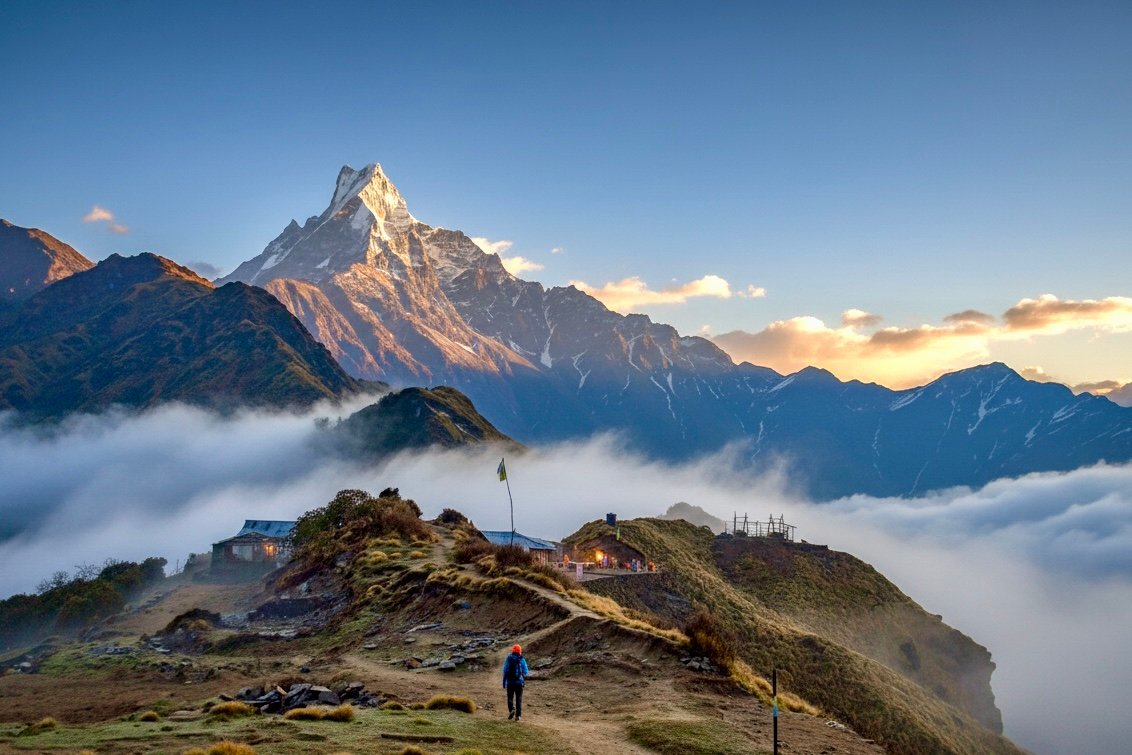
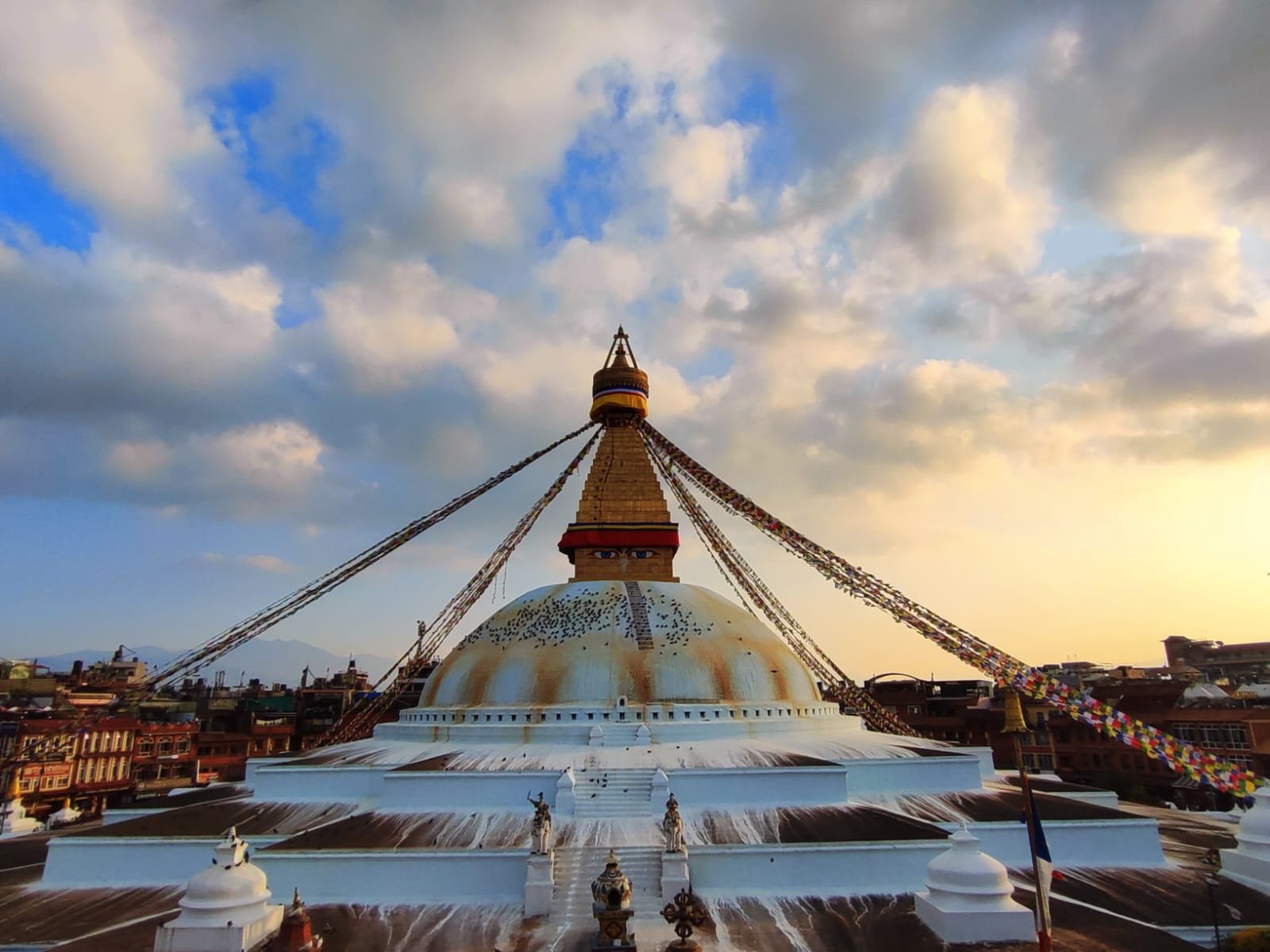
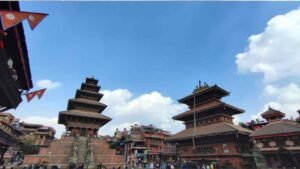
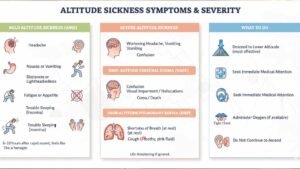
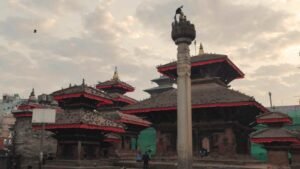
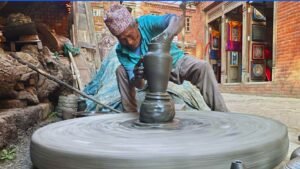
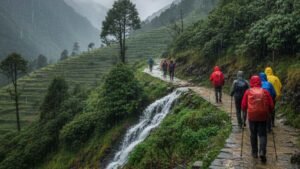
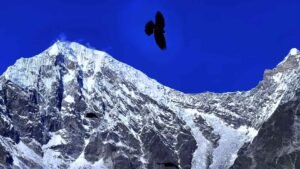
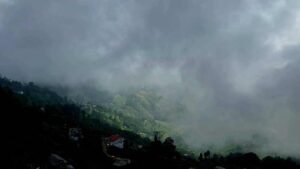
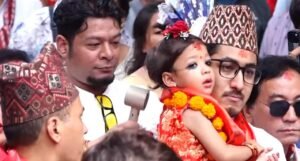
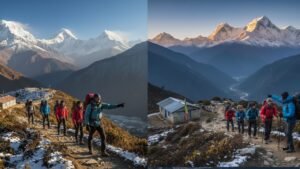
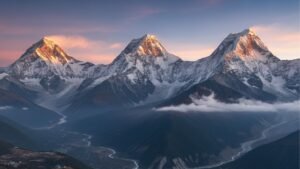
Post Comment